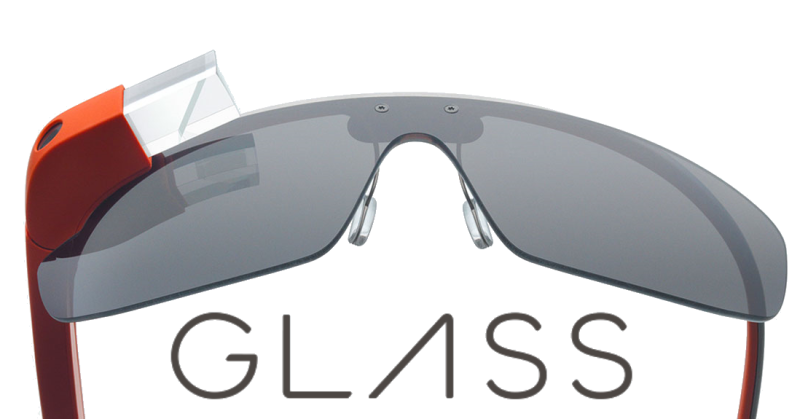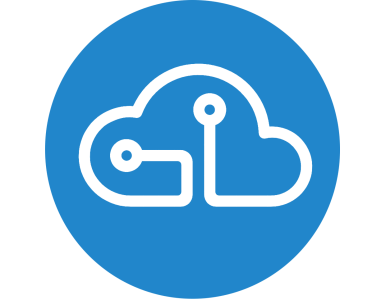So you have Glass and you want to develop apps for it?
You already have an IDE such as Eclipse or Android Studio to code your apps in, you know all about adb and Droid@Screen to view your Glass screen on your computer screen!

Well you do have options, before jumping into your typical Hello World Glass app.
As with other platforms like iOS, you have the option of native apps and web based services apps. This last option is basically an app that runs on a server(s) and interacts directly with your device (be it Glass or iDevice) by sending it information.
Native – GDK – Apps
These are the ones that you code for in Android and install on your Glass device. These are covered in the Hello World Tutorials for Glass elsewhere on this site.
Web Based – Mirror API – Glassware
These are web based apps. They will be the subject of this post for today.
If you don’t know much about web services, you have come to the right blog! I have some experience with web services, which just means writing applications on a server, usually in php or python. I barely picked up some php a few years back, so I feel sorta comfortable with it. So if you go to:
https://developers.google.com/glass/develop/mirror/quickstart/index
You will see this is a Quickstart Project page for Glass Mirror API. You can download a starter project in any language you feel comfortable with. I chose php for the reason I mentioned earlier. What a web service starter project means is, its a folder with some code files inside. Its not like a normal Hello World project you would download for native apps where you run the project from the IDE. In the case of software as a service apps (Saas) you usually have to do 2 things with a starter project like this:
- Download it to your computer and re-upload it to a server somewhere (yes, you’ll need a server or server hosting online)
- Modify a configurable or settings file somewhere to make it work on your server
So download the project that you feel more comfortable with. If you don’t have a preference then Id suggest taking a free python or php course somewhere, at the most basic level, and then returning to this tutorial.
Ok so this was my first mistake. Im not a server admin or anything close to it. I do have a free account on a more or less sophisticated server (MediaTemple) and I thought I’d download the project and upload it to that server and run it there. Ill make a long story short but basically after failing there, I tried Brinkter and then a free online hosting company but I always ran into trouble. So here is the scoop:
- You will download the project contained in a folder called mirror-quickstart-php-master
- You would upload it to a server
- You would configure the settings for it & run it by accessing that URL in a browser
Sounds simple huh? It turns out I chose a php project. The project also required sqlite which in my case was not preinstalled on my MediaTemple server. Which meant I had two options, migrate my test account and everybody else in that account to a new server with sqlite already installed. I was not allowed to do this for fear of extended down times and possible misconfigurations in the new server. Or I could re-compile PHP on the entire existing server which would also cause issues for sure. Recompile what?! No way, that was not for me.
The easiest solution if you just want to work with Glass Mirror API is to simply run it on your local machine and worry about uploading to a production server once you have something real going. Luckily, Im on a mac. This meant that most of the stuff I needed was already installed and I just had ton configure it to run. Here is what I needed:
- Apache Server – comes installed with Mavericks
- PHP – also comes installed with Mavericks
- SQLite – also seems to have come installed with Mavericks by virtue of PHP 5.4
Cool so I just had to:
- Activate Apache:
Open up Terminal and type:
sudoapachectl start
To test if it works, simply point Safari to:
and you should get a white page with black bold letters reading:
It works!
Great! {You can optionally customize your apache server to store files elsewhere and use virtual directories: http://brianflove.com/2013/10/23/os-x-mavericks-and-apache/}
- Next PHP must be configured:
Again in terminal type:
sudo nano - c /private/etc/apache2/httpd.conf
This opens up a text editor called nano to use line numbers “-c” as sudo user, and opens the file httpd.conf for editing.
Scroll down to the approximate line 118 and uncomment the following line:
LoadModule php5_module libexec/apache2/libphp5.so
And approximately on line 231 add this line underneath the index.html line:
DirectoryIndex index.html index.php
Finally append this code block at the very end of that file:
#PHP Settings<IfModule php5_module>AddType application/x-httpd-php.phpAddType application/x-httpd-php-source.phps</IfModule>
- Code! (Quickstart project)
cloud.google.com/console
Some Name of your choosingType: Web ApplicationJavascript Origins: http://localhostRedirect URIs: http://localhost/~youruser/mirror-quickstart-php-master/oauth2callback.php
[NOTE: There may be an omitted step here, depending on your setup. In my case, Im using the default folder for my webroot as created by Mavericks for Apache. The original setup is that the webroot as can be seen in the httpd.conf file is “/Library/WebServer/Documents”. This means that whatever I put in that folder will be loaded and displayed when I browse over to http://localhost. I created a username.conf file which is placed in the /etc/apache2/users/. That file has the following content:
<Directory "/Users/youruser/Sites/"> Options Indexes MultiViews AllowOverride All Order allow,deny Allow from all </Directory>
which basically allows me to now use http://localhost/~youruser and the files it points to are not in your /Users/youruser/Sites folder created earlier.]

My family all the time say that I am killing my time here
at web, however I know I am getting familiarity everyday by reading such
nice articles.